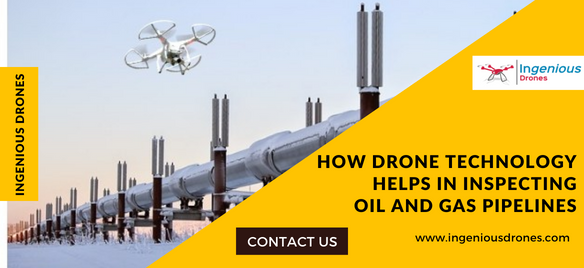Oil and gas pipelines are an important part of the infrastructure that powers our world. However, these pipelines can be difficult to inspect due to their size and location. In recent years, drone technology has become a valuable tool for inspecting oil and gas pipelines safely and efficiently. This article will explore how drones help with this task.
The Basics of Pipeline Inspection:
Before discussing how drones help with pipeline inspection, it is important to understand the basics of this process. Generally speaking, there are two main types of inspections – visual inspections (VIs) and non-destructive testing (NDT).
Visual Inspection involves using cameras or other imaging devices to identify any damage or corrosion on the outside surface of a pipe while Non-Destructive Testing involves using specialized equipment such as ultrasonic sensors to detect internal flaws within a pipe’s walls. Both methods have their advantages but they both require personnel on site which can be dangerous depending on the environment surrounding the pipeline being inspected.
The Benefits of Using Drones for Pipeline Inspection:
- By removing people from hazardous environments during inspections you reduce risk significantly.
- Save money by reducing labor costs associated with manual inspections.
- Increase in accuracy since drones offer better visibility than humans when it comes to identifying defects.
- Reduce your environmental footprint since no fuel needs to be burned in order for inspectors reach remote locations where pipelines may run through environmentally sensitive areas like forests or wetlands.
Conclusion: In conclusion, drone technology provides numerous benefits when it comes to inspecting oil & gas pipelines including improved safety, cost savings, increased accuracy / efficiency, reduced environmental impact etc. By leveraging this powerful tool companies can ensure that their assets remain safe & operational without putting workers at any risk.


Recent Comments